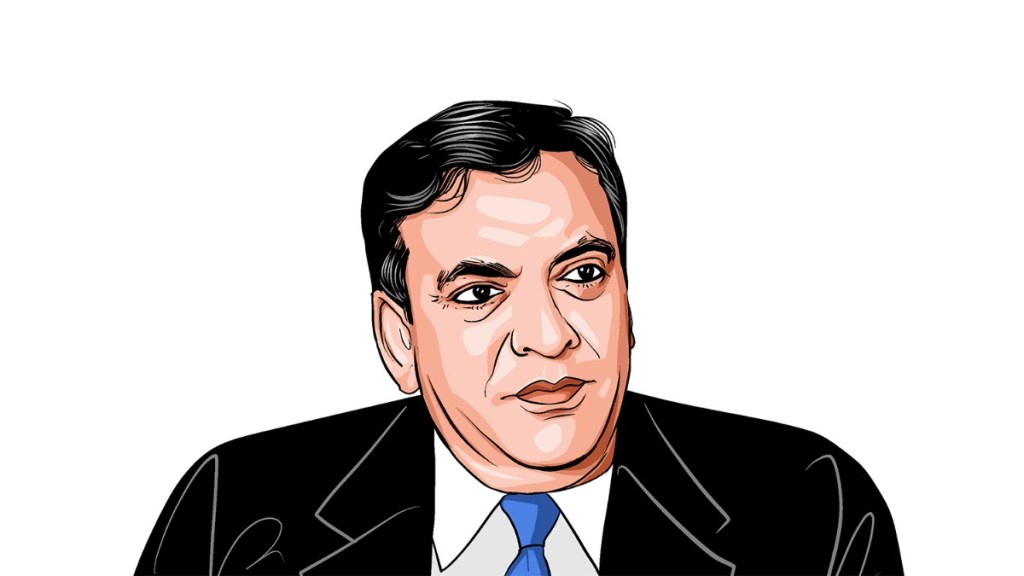By Akhil Gupta
For a country like India, where state support following untimely death is negligible, unlike many developed nations, adequate life insurance cover is an absolute necessity to provide necessary security cover for the family of the deceased. The critical need is for high life cover for individuals i.e., policies that provide substantial payment to the next of kin in the event of an individual’s death. This is achieved through “Protection” or “Term Life Insurance” which can offer a cover of 500 to 800 times or more the annual premium paid, depending on the insured’s age and health, for a specified period, say till the age of 65 or 70 provided premium is paid annually (even if the policy holder develops a disease later on). For instance, a healthy 30-year-old can obtain a pure protection policy with a premium of less than Rs 1,000 per month for coverage of Rs 1 crore.
Despite this pressing need, India remains among the most underinsured countries globally. These facts highlight this starkly:
> Total sum assured, i.e., life protection as percentage of GDP in India is 24% versus 332% in Singapore, about 250% in the USA and Japan and significantly higher in several Asian nations (153% in Malaysia, 143% in Thailand and 127% in South Korea (Source: McKinsey).
> Protection gap i.e., the shortfall in total protection required, is highest in India at 83% whereas it’s 55% in Singapore, South Korea, and Australia and 61% in Japan (Source: Swiss Re).
> Life insurance density, i.e. premium per capita in US dollars, in India is just $70 in FY 2023-24 compared to a global average of $361 in 2023, with $6264 in Singapore and between $1000-3000 in most developed countries (Source: Swiss Re).
The principal reason for India’s low life insurance adoption is the lack of education and awareness regarding the importance of family financial security in the event of death. Ironically, while automobile insurance is readily embraced (and even considered fortunate if unused), life insurance premiums for pure protection are often viewed as wasteful, with many believing: “I shall not die within a year”.
Encouragingly, the IRDAI and the Government of India have launched an ambitious project to provide “Life Insurance for All by 2047”. IRDAI, along with the Life Council, has started a substantial advertising campaign called “Sabse Pehle Life Insurance” or Life insurance before anything else, with a budget exceeding `400 crore. This is indeed a welcome step to raise public awareness about the necessity of life insurance.
Furthermore, according to Swiss Re’s January 2025 report, India is projected to be the world’s fastest-growing insurance market for the next five years at a CAGR of approx. 7% versus the global average of 2.7%. However, to truly achieve “Insurance for All by 2047” and to have insurance protection befitting the vision of a “Viksit Bharat”, several concrete measures would need to be implemented. Some suggested measures are as under:
> Affordability: Removal of GST on both life insurance policies (as was done recently), as well as the GST on the entire input chain for life insurance firms is critical to reducing costs.
> Mandatory coverage through employer-employee participation: Require every salaried individual to carry life insurance coverage of at least 10–15 times their annual gross salary. Someone earning `10 Lakh annually must have ‘protection cover’ of at least 1-1.5 crore. For this, akin to the current Employee Provident Fund system, insurance cover should be mandated, and premium payments should be shared equally between the employee and the employer equally.
> This could be by way of: Group insurance policies taken by an employer who must contribute at least 50% of the premium (similar to EPF), with balance 50% deducted from the employee’s salary.
> Alternatively, individual policies purchased by employees (with proof) allow them to receive the employer’s contribution toward the equivalent group policy’s premium.
Such a policy, if extended to all EPF contributors, could immediately offer life cover protection for nearly 300 million people, assuming an average of four dependents per insured person. With net new additions of 13.9 million in 2023-24 and a total EPF membership of 295 mn [source: MoSPI], the impact could reach a significant majority in the next decade.


